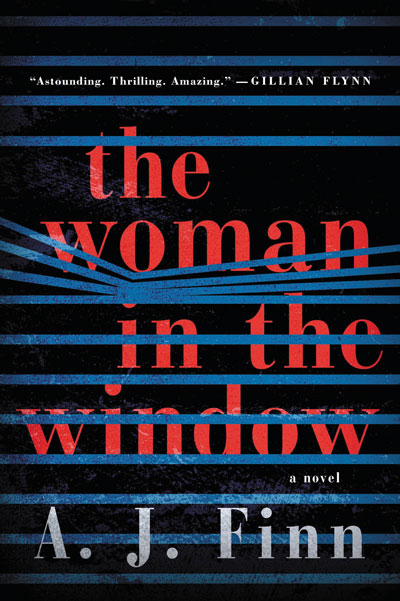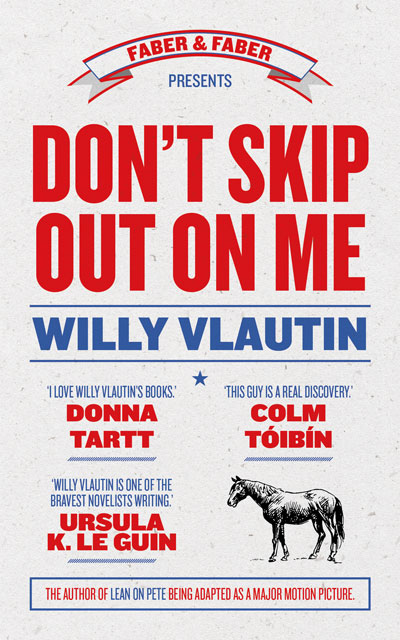Generally the policy at The Big Issue is to champion great writers who might not get the airing they deserve in other quarters. It feels wanton to squander valuable word-space bemoaning mediocre books when there are so many splendid authors falling by the wayside in a highly competitive cash-fixated market.
For some movie-loving readers, collecting Hitchcock plot twists and second-hand one-liners will be the most entertaining aspect of the book
Sometimes though, it’s enlightening – and rather fun – to poke one’s head into the money den and see what all the chat is about. To scope out the contextual territory, as it were. And right now, the chat is about The Woman in the Window; the ‘new Girl on the Train’ (it’s a relief to see the giddy Girl has finally matured into a woman) by an unheard-of writer with a fashionably gender-neutral name, AJ Finn.
Aware that it’s not cool to strip the flesh and bones from an unacknowledged source, the author chooses instead to slather on the ‘tributes’
The unknown author’s identity didn’t stay secret for long. Before the UK publication it was revealed that Finn – whose book was a US number-one bestseller by the time it made it to these shores – was actually eminent publishing editor, 38-year-old New Yorker Daniel Mallory. Mallory, an erudite, witty, pop-culture aficionado, can clearly spot a winner in his day job; but can he write one?

The Woman in the Window is a triumph of brass-neck. Its almost entirely Rear Window-based conceit (housebound ex-psychologist Anna lives vicariously through the adjacent neighbours she spies on every day) along with its Paula Hawkins-style unreliable narrator (Anna is addicted to alcohol and prescription drugs and rarely sober or sensible) is unabashed in its debt to other sources. In fact, Mallory, aware that it’s not cool to strip the flesh and bones from an unacknowledged source, chooses instead to slather on the ‘tributes’, filling pages with classic film noir references. Shadow of a Doubt, Rebecca, Gaslight, The Lady Vanishes; they’re all there. For some movie-loving readers, collecting Hitchcock plot twists and second-hand one-liners will be the most entertaining aspect of the book.
Other than that, it’s difficult to identify this book’s USP (its most significant doppelgänger might be Felicity Blunt, Mallory’s agent and sister of The Girl on the Train star Emily). The woozy fug created by traumatised and tanked-up Anna’s fragile state works quite well as a blurred lens for a slippery mystery, but the cliches and cliffhangers are just too hoary, and they also give the game away too easily. Thus, the big reveal is as surprising as the unveiling of Norman Bates’ stuffed mummy in Gus Van Sant’s Psycho. As is the news that the film rights for this pacey, cinematic, dialogue-driven novel have already been snapped up. For Blunt and Mallory, it’s all about classic Hollywood; dial M for movie deal.










